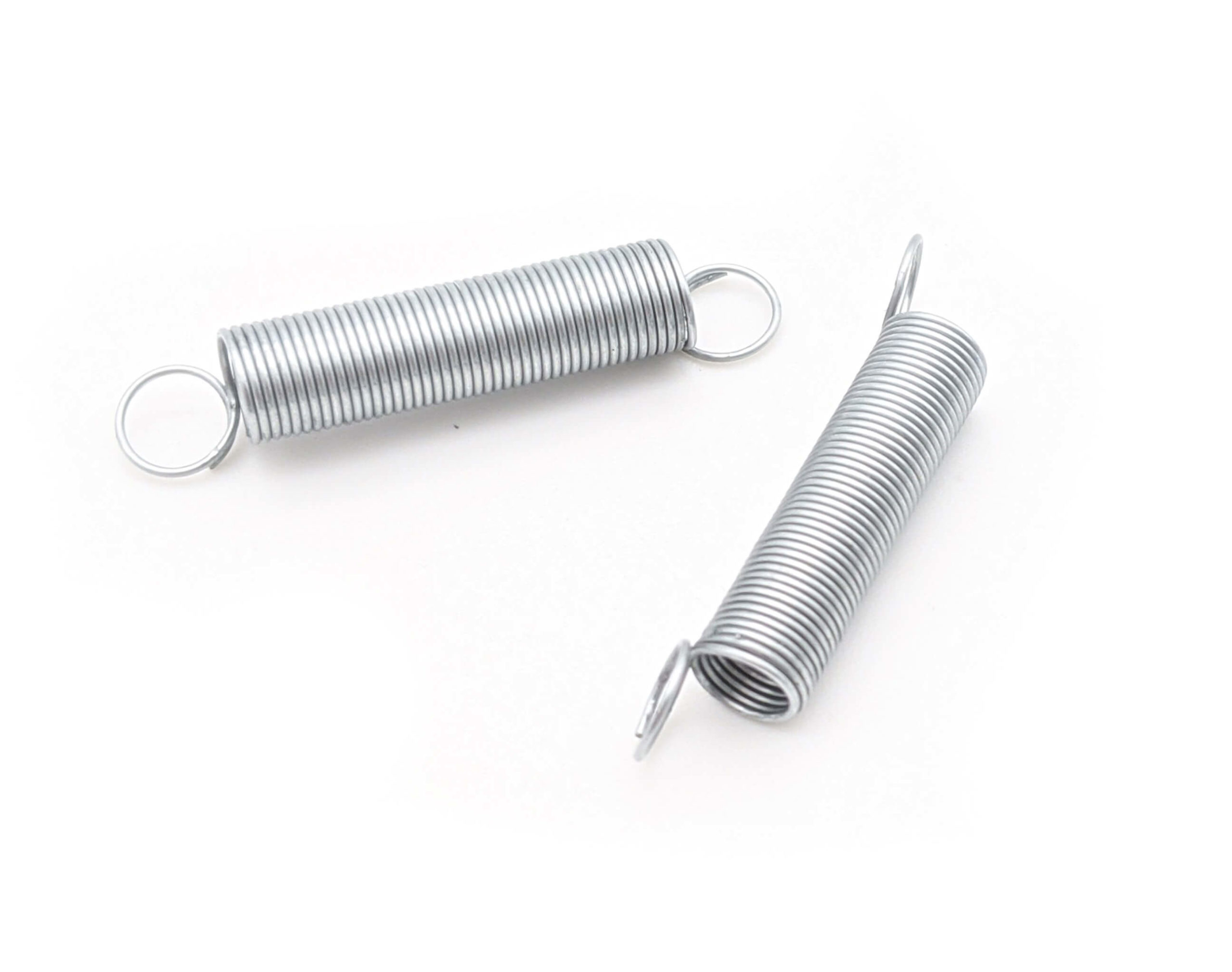Get unique, complex parts easily. No matter your requirements, Chaoyi Spring creates hard-to-produce coil springs and wire forms.
Let us help you create the custom wire form you need, from S-hooks and J-hooks to utility hooks and more.
We work closely with customers across a wide range of industries, helping them design and manufacture made-to-order parts.
Why choose Chaoyi Spring? We prioritize customer-focused collaboration, modern equipment and the latest technology to make your parts per print.
Find the information and guidance you need, from measuring a spring to learning about materials, placing an order and much more.
Have you ever found yourself struggling with compressing a spring, especially a small one, for a repair or project? Those pesky little coils can be a real pain to handle,


Have you ever found yourself struggling with compressing a spring, especially a small one, for a repair or project? Those pesky little coils can be a real pain to handle, often requiring specialized tools or awkward workarounds. But fret no more! A small spring compression tool is your solution, offering a simple yet effective way to tackle those spring compression tasks with ease and precision. This article dives into the world of small spring compression tools, exploring their benefits, types, and how to choose the right one for your needs.

Spring compression tools are essential for various tasks, from automotive repairs to electronics projects. They provide a secure and controlled way to compress springs, ensuring safety and preventing accidental decompression. While larger spring compression tools are available, small spring compression tools are particularly useful for handling intricate components and tight spaces. They're often compact and portable, making them convenient for on-the-go repairs and projects.
The world of small spring compression tools is diverse, offering a range of designs to suit different applications and preferences. Here are some popular types:
1. C-Clamp Style: These tools resemble a standard C-clamp, with a threaded rod and a movable jaw to compress the spring. They are relatively inexpensive and offer good versatility, suitable for various spring sizes. However, they might not be ideal for delicate springs, as the clamp's pressure can be unevenly distributed.
2. Lever-Action Style: Lever-action tools are known for their ease of use. They typically feature a lever that applies pressure to a compression plate, allowing for precise control. These tools are often more expensive than C-clamps but offer better accuracy and reduced risk of damaging the spring.
3. Screw-Type: Screw-type tools utilize a screw mechanism to compress the spring. They offer excellent control, allowing for fine adjustments. These tools are ideal for delicate springs and projects requiring precise compression levels. However, they can be more time-consuming to use compared to lever-action tools.
4. Pliers-Style: These tools resemble pliers and are designed to grip and compress the spring. They are typically more compact than other styles, making them perfect for confined spaces. Pliers-style tools are usually inexpensive but may not be suitable for larger or heavier springs.
5. Magnetic Style: Magnetic tools utilize magnets to hold the spring in place while it's being compressed. These tools offer hands-free operation and are particularly useful for working with multiple springs simultaneously. However, they may not be as suitable for very small or delicate springs.
Selecting the ideal small spring compression tool depends on the specific task at hand. Consider these factors:
Spring Size and Type: The tool's capacity should match the size and type of spring you're working with. Check the manufacturer's specifications for recommended spring diameters and lengths.
Accuracy Requirements: If your project demands precise compression, choose a tool known for its accuracy, such as a lever-action or screw-type tool.
Working Space: The tool's size and shape should allow for convenient access and manipulation in your working area. Compact tools are best for tight spaces.
Budget: Spring compression tools vary in price, so consider your budget and the frequency of use. If you're only using it occasionally, a basic C-clamp might suffice. For frequent use or critical tasks, invest in a high-quality tool.
When using a small spring compression tool, prioritize safety:
1. Use Eye Protection: Flying spring coils can be dangerous. Wear safety glasses to protect your eyes.
2. Keep Fingers Clear: Avoid placing your fingers near the compression point, as the spring can suddenly release and cause injury.
3. Apply Pressure Gradually: Avoid over-compressing the spring, which can lead to damage or failure.
4. Choose the Right Tool: Use a tool designed for the specific spring size and type to avoid damage or accidents.
Small spring compression tools are invaluable assets for anyone dealing with spring compression tasks. They provide a safe, controlled, and efficient way to handle springs of various sizes. By considering the types, features, and safety precautions, you can confidently choose the right tool to meet your specific needs and ensure a successful and enjoyable project experience. Whether you're a professional mechanic or a DIY enthusiast, a small spring compression tool can be your trusted companion for tackling those spring-related challenges with ease and precision.
In conclusion, a small spring compression tool is a must-have for anyone working with springs, especially those requiring precision and control. These tools are compact, versatile, and offer a range of features to suit various needs. By selecting the appropriate tool, following safety precautions, and using it correctly, you can ensure smooth and successful spring compression tasks, whether for repairs, projects, or manufacturing processes.
Browse some of the custom wire forms and springs that we manufacture. Don’t see what you need? We specialize in made-to-order products that meet your application requirements.
Visit Our GalleryNeed a custom wire form or coil spring? We make it work. Fill out the contact form and a representative will respond within 1 business day. If you have a PDF or CAD file, you can submit to request a quote.